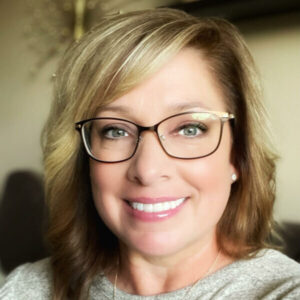Running a dental office ain’t cheap. And it might be tempting to focus solely on the biggest expense on your list, the staff. But having a good handle on all your expenses is important. Today we’re going to focus on another major expense for dental practices: supply costs.
In fact, there are some indications that supply costs and staff costs are somewhat related. More on that in a bit.
First let’s get to the numbers. What are the average supply costs for dental practices nationwide?

As always, the first thing to remember here is that a national average is just that: an average. Several factors could move this number up or down a bit. But this does give us a good baseline to work from when thinking about the supply costs of an individual practice.
Also keep in mind that this number is about dental supply costs. So while this includes things like mirrors, elevators, forceps, and so on, it does NOT include office supplies like toner, paper, computers, and the like.
While you’re not going to get your supply costs down dramatically — from 7.6% down to 3% — you can shave your practice’s costs down, keeping more money in your own pocket. The well-run practices that I help analyze on a daily basis consistently have supply costs between 5-6% of collections. How do you do this?
This is the intersection that I mentioned above, between supply costs and staff costs. There is a correlation between the dental offices with lower-than-average staff costs and those with lower-than-average dental supply costs. Why is that? Two reasons.
First, in my experience, I’ve noticed that dentists who do well at keeping their supply costs down have put good systems in place, then delegate the task of keeping track of supplies to one or more of their staff, checking in occasionally. The dentist doesn’t spend much time on the day-to-day management of the use and ordering of supplies.
“But wait, if the dentist isn’t keeping a close eye on costs, couldn’t they balloon out of control?” This brings up the second piece of the puzzle. The dentist is delegating the responsibility for managing supply costs, because she’s not focused on eking out a few tenths of a percentage point on this.
Instead, a savvy dentist knows that in order to bring down the cost of supplies as a percentage of collections, the smarter play is to bring up the collections number, which is both larger and in the direct control of the dentist, more so than the staff.
Put another way, the savvy dentist is spending their time on the most valuable thing they can do in the office: dental work, not hours of time managing supply costs. The savvy dentist knows that while keeping supply costs reasonable is important, and that having a good staff and effective systems is a way to do that, increasing collections is the better way to increase overall profit and put more money in their pocket in the long run.
And as always, as you look numbers like these, if you have any questions that I can shed some light on, please reach out and let me know.






